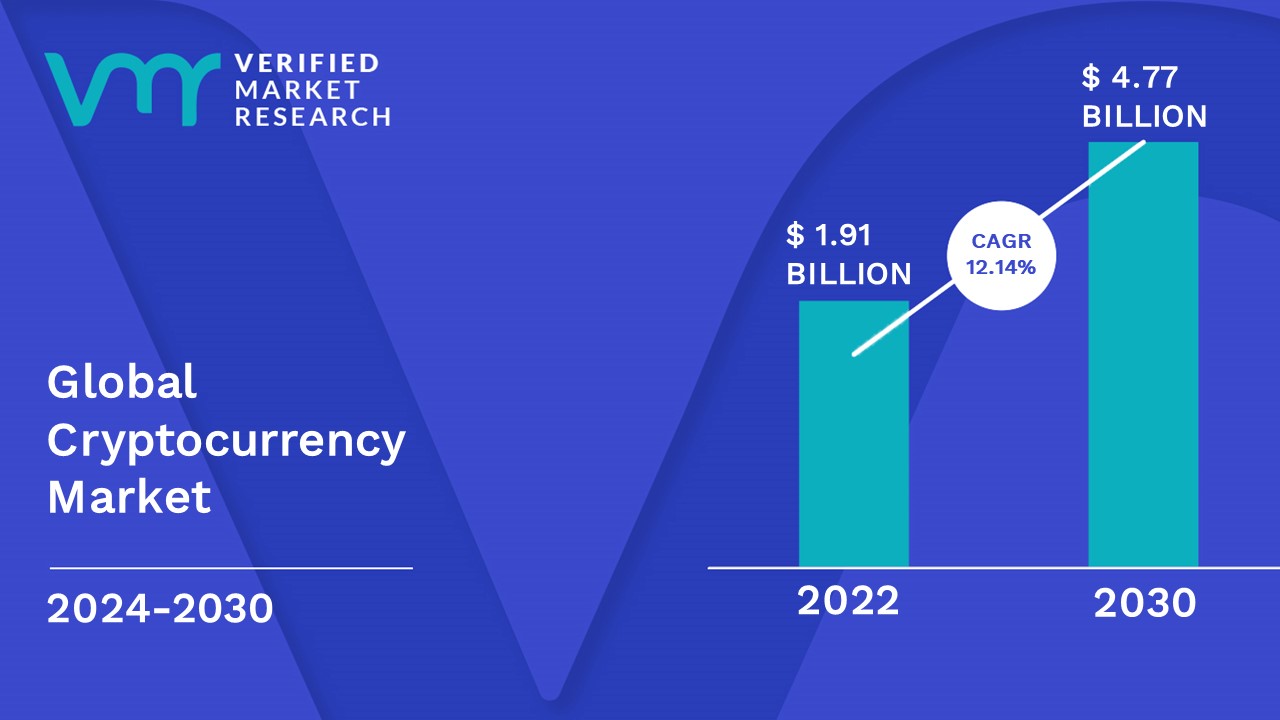Latest cryptocurrency bitcoin developments 2025
Cryptocurrency is still in its earliest stages, but it holds a lot of promise. As a new trader in this sphere, it may be best to create a portfolio featuring the most popular cryptocurrencies, and a few of those that have been marked to hold the most potential wild force frosty wins kostenlos spielen. Avoid ICOs as they have a high failure rate.
The midpoint suggests a strong bullish trend, driven by ongoing institutional adoption and broader acceptance. Bitcoin’s potential to exceed previous highs remains robust, contingent on sustained market momentum in $BTC.
Founded in 1993, The Motley Fool is a financial services company dedicated to making the world smarter, happier, and richer. The Motley Fool reaches millions of people every month through our premium investing solutions, free guidance and market analysis on Fool.com, top-rated podcasts, and non-profit The Motley Fool Foundation.
Aave (AAVE -3.83%) is a DeFi protocol and lending platform that allows users to lend and borrow cryptocurrency. Everything is done with smart contracts, so no intermediary is required. Users can earn interest on the digital assets they lend.
Of course, predictions this far in the future should be taken with a sizable grain of salt. But the growth potential of leading layer-1 blockchains and smart contract platforms suggests the best cryptocurrencies of today have ample room to run.
Cryptocurrency market analysis february 2025
Late January brought a wave of positive catalysts: Trump’s presidency and crypto initiatives, Cynthia Lummis’s appointment to chair the Senate Banking Digital Assets Subcommittee, progress on the U.S. Bitcoin Reserve, and Trump’s first crypto executive order.
However, after the bullish moves in the market slowed down, it’s worth analyzing the general trends and developments from last month, to better create a view of what we can expect in February and beyond.

Late January brought a wave of positive catalysts: Trump’s presidency and crypto initiatives, Cynthia Lummis’s appointment to chair the Senate Banking Digital Assets Subcommittee, progress on the U.S. Bitcoin Reserve, and Trump’s first crypto executive order.
However, after the bullish moves in the market slowed down, it’s worth analyzing the general trends and developments from last month, to better create a view of what we can expect in February and beyond.
For crypto markets, while increased foreign capital flows can strengthen the dollar and potentially pressure risk assets short-term, the current downtrend in foreign purchases suggests rising risk appetite. This shift away from low-risk securities could benefit crypto markets, particularly as assets like Bitcoin gain recognition as digital safe havens.
While Bitcoin reached new all-time highs this January, altcoins remained relatively stagnant. Will February finally bring an altcoin season? With over 20 countries and regions, including major crypto markets like China, Japan, and South Korea, entering the Lunar New Year holiday period, could we see significant market movements?
Latest cryptocurrency bitcoin developments 2025
Bena Ilyas is a seasoned crypto writer spending over 4 years in the field. While scrolling through her favorite topics in the cryptoverse, she likes to cover the crypto market trends (with a keen eye on Bitcoin, Ethereum, hype-filled altcoins), ETF flows, regularity developments, fintech, blockchain-based games, and everything that relates to crypto or blockchain in some way. Before she dipped into cryptocurrencies in 2020, she was doing her MBA from Islamia University of Bahawalpur, but her curiosity about the fast-paced crypto industry set the stage for her journalism career soon after her MBA completion. Apart from CNF, Bena could be spotted on NewsBTC, Bitcoinist, CoinSpeaker, BTCPolitan, and Fuchawire as her past contribution to cryptocurrencies. Besides her contribution to these renowned crypto outlets, she was admired as an expert crypto trading analyst by the IME Institute BWP. Outside of work, she enjoys reading books and cooking delicious dishes in her spare time.
There will be at least ten stablecoin launches backed by TradFi partnerships. From 2021 to 2024, stablecoins have experienced rapid growth, with the number of projects now reaching 202, including several with strong ties to traditional finance (TradFi). Beyond the number of stablecoins launched, their transaction volume growth has outpaced that of major payment networks like ACH (~1%) and Visa (~7%). In 2024, stablecoins are increasingly interwoven into the global financial system. For example, the U.S.-licensed FV Bank now supports direct stablecoin deposits, and Japan’s three largest banks, through Project Pax, are collaborating with SWIFT to enable faster and more cost-effective cross-border money movements. Payment platforms are also building stablecoin infrastructures. PayPal, for instance, launched its own stablecoin, PYUSD, on the Solana blockchain, while Stripe acquired Bridge to support stablecoins natively. Additionally, asset managers such as VanEck and BlackRock are collaborating with stablecoin projects to establish a foothold in this sector. Looking ahead, with growing regulatory clarity, TradFi players are expected to integrate stablecoins into their operations to stay ahead of the trend, with first movers poised to gain an edge by building the foundational infrastructure for future business development. -Jianing Wu
According to the Cambridge Bitcoin Electricity Consumption Index, the production of the cryptocurrency uses about 1174 TWh of electricity per year—more than the total annual electricity usage of the Netherlands.

Bena Ilyas is a seasoned crypto writer spending over 4 years in the field. While scrolling through her favorite topics in the cryptoverse, she likes to cover the crypto market trends (with a keen eye on Bitcoin, Ethereum, hype-filled altcoins), ETF flows, regularity developments, fintech, blockchain-based games, and everything that relates to crypto or blockchain in some way. Before she dipped into cryptocurrencies in 2020, she was doing her MBA from Islamia University of Bahawalpur, but her curiosity about the fast-paced crypto industry set the stage for her journalism career soon after her MBA completion. Apart from CNF, Bena could be spotted on NewsBTC, Bitcoinist, CoinSpeaker, BTCPolitan, and Fuchawire as her past contribution to cryptocurrencies. Besides her contribution to these renowned crypto outlets, she was admired as an expert crypto trading analyst by the IME Institute BWP. Outside of work, she enjoys reading books and cooking delicious dishes in her spare time.
There will be at least ten stablecoin launches backed by TradFi partnerships. From 2021 to 2024, stablecoins have experienced rapid growth, with the number of projects now reaching 202, including several with strong ties to traditional finance (TradFi). Beyond the number of stablecoins launched, their transaction volume growth has outpaced that of major payment networks like ACH (~1%) and Visa (~7%). In 2024, stablecoins are increasingly interwoven into the global financial system. For example, the U.S.-licensed FV Bank now supports direct stablecoin deposits, and Japan’s three largest banks, through Project Pax, are collaborating with SWIFT to enable faster and more cost-effective cross-border money movements. Payment platforms are also building stablecoin infrastructures. PayPal, for instance, launched its own stablecoin, PYUSD, on the Solana blockchain, while Stripe acquired Bridge to support stablecoins natively. Additionally, asset managers such as VanEck and BlackRock are collaborating with stablecoin projects to establish a foothold in this sector. Looking ahead, with growing regulatory clarity, TradFi players are expected to integrate stablecoins into their operations to stay ahead of the trend, with first movers poised to gain an edge by building the foundational infrastructure for future business development. -Jianing Wu
According to the Cambridge Bitcoin Electricity Consumption Index, the production of the cryptocurrency uses about 1174 TWh of electricity per year—more than the total annual electricity usage of the Netherlands.
Leave a Reply